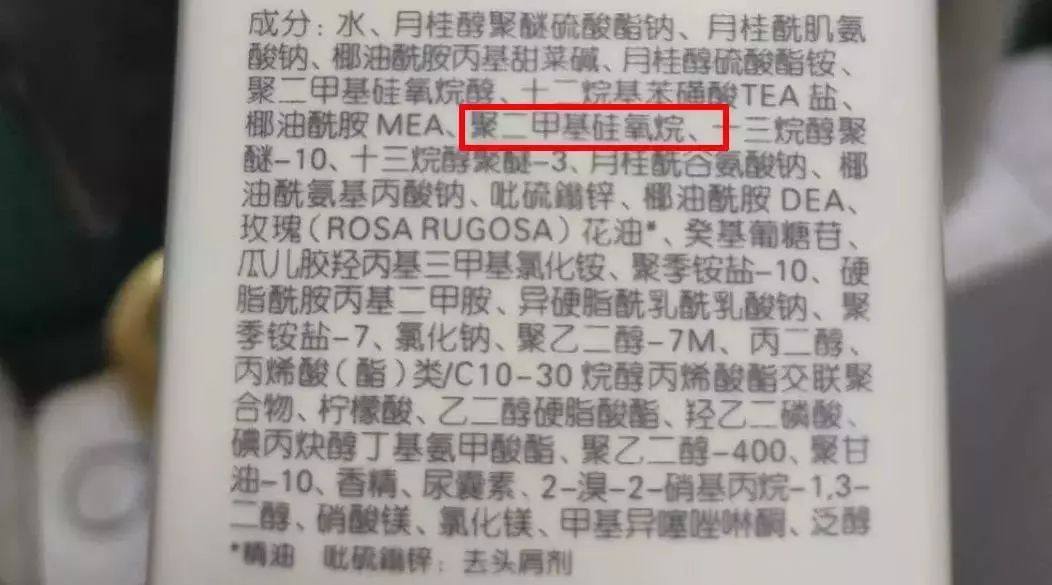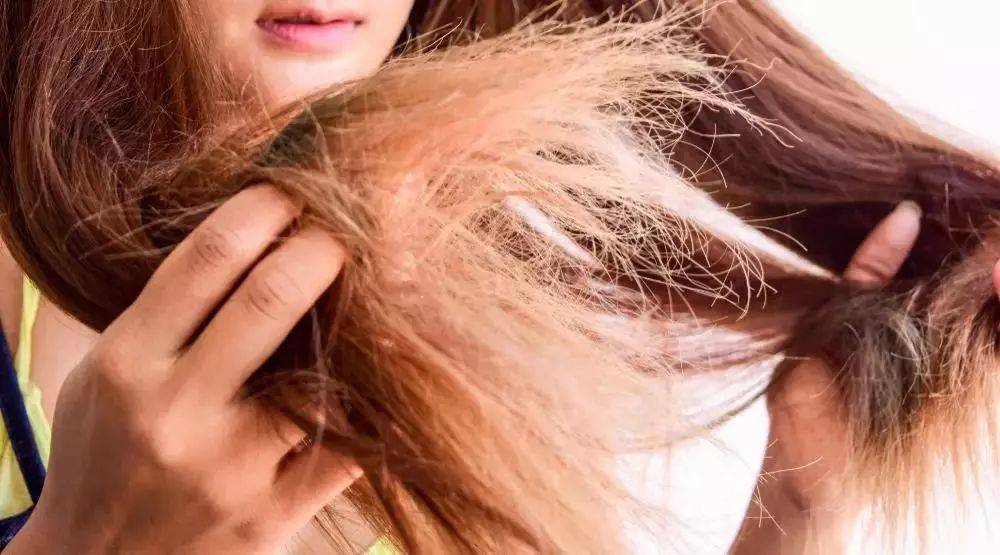
In this era of baldness, a beautiful head of hair and a flawless face seem to be equally important.
When we face all kinds of shampoos, we are inevitably dazzled and tangled.
For example, it is said that shampoo containing silicone oil will block pores, don’t you buy it? Is silicone oil-free really as good as everyone says?
Silicone Oil: Healthy Scalp Is More Suitable for
Everyone wants to have healthy hair, and the main definition of healthy hair is: rich, shiny, soft and easy to take care of.
In our daily life, hot dyeing, electric blowing, unreasonable washing and protection, ultraviolet rays and even combing hair can easily make hair dry, rough, bifurcated and even fall off.
As a result, silicone oil will be added to many hair care products.
Silicone oil has good viscosity and ductility, and can repair hair scales damaged on the surface of hair. It not only makes an important contribution to the wet feeling and wet carding of hair, but also is of great help to the dry feeling and dry carding of hair.
But there are always rumors that silicone oil will block pores…
Silicone oil is actually added to many skin care products. It is a kind of high-quality, mild and good skin feeling oil, and the added concentration is higher than that of shampoo products (about 5% ~ 10%). Why hasn’t anyone said that silicone oil in skin care products will block pores?
The addition concentration of silicone oil in shampoo products is generally about 1% ~ 4%, and most of the silicone oil will be washed off when shampoo, so don’t worry.
Some studies have confirmed that the deposition rate of silicone oil in shampoo on the hair surface is at most 20%, and the deposited [oil] is really only nine Niu Yi hairs compared with the [head oil] secreted by the scalp itself.
To judge whether a product contains silicone oil or not, you only need to see if there is polydimethylsiloxane in the ingredient.
This is silicone oil shampoo:

Silicon-free formula: suitable for specific groups
Before, many businesses advocated that the [silicon-free] era of shampoo had come.
As a matter of fact, comparing silicone oil with non-silicone oil, there is no difference between good and bad. It can only be said that [silicone oil-free] has given shampoo products a new concept. For example, the earliest [Shanghai Bee Flower Shampoo] is a silicone oil-free formula.
[Silicone Oil-Free] Instead of simply removing silicone oil from the shampoo formula, a milder surfactant is selected to replace the conditioner of silicone oil and the composition of effective scalp care.
It can make hair fluffy and not susceptible to allergy.
Therefore, [silicone oil-free] is more suitable for some specific groups, such as friends with sparse hair, short hair and sensitive scalp.
However, silicone oil shampoo may be a better choice for scalp health but scalding habits, boring hair and bifurcation problems, because it can provide smoother and easier hair quality.

How to Choose Shampoo Products Correctly
First of all, it should be explained that scalp is actually a local microecological environment, and a good balance is needed here in order to achieve real health.
An important parameter to measure scalp health is pH value. The pH value of healthy scalp is generally around 5.5, which is in a weakly acidic state.
Therefore, when choosing shampoo, we should pay attention to the following points:
1. Select the corresponding shampoo according to different scalp conditions.
Shampoo on the market can be roughly classified into three categories according to surfactant, regardless of brand and price: soap base, sulfate (SLS, SLES) and amino acid.
Different types of shampoo products are suitable for different scalp conditions. In terms of cleansing power and irritation, soap > SLS, SLES > amino acids.
Amino acid shampoo is suitable for healthy scalp and dry scalp. It is weakly acidic, with pH value close to our scalp, and its cleaning power is mild and non-irritating.
Soap base, SLS and SLES are suitable for large oil scalp or summer use. They are weakly alkaline, strong in cleaning and irritating.
How do you judge? Key words of composition:
Soap base: mainly composed of fatty acid + alkali, such as lauric acid, myristic acid, stearic acid, potassium hydroxide, sodium hydroxide, etc.
SLS, SLES: The most common components are sodium lauryl alcohol polyether sulfate and sodium lauryl alcohol sulfate.
Amino acid: The common component name composition is XX acyl X amino acid X, such as sodium lauryl glutamate, sodium coconyl glutamate, etc.
2. Anti-dandruff identification ingredients: pyridinium zinc, ketoconazole, salicylic acid
Generally speaking, dandruff is actually very common. However, if the symptoms are serious, such as itching, fat overflow, redness, lump, etc., it is recommended to go to the hospital.
At present, there are many shampoos with the main anti-dandruff function. The common effective ingredients are pyridinium zinc, ketoconazole and salicylic acid. When you choose, you can pay attention to these ingredients.
Finally, I wish everyone an early harvest of beautiful and soft long hair ~

